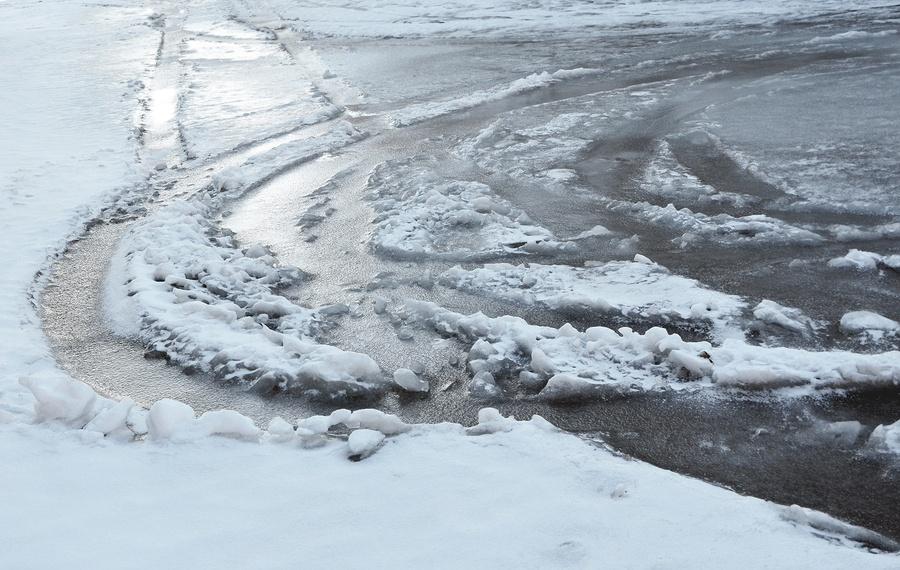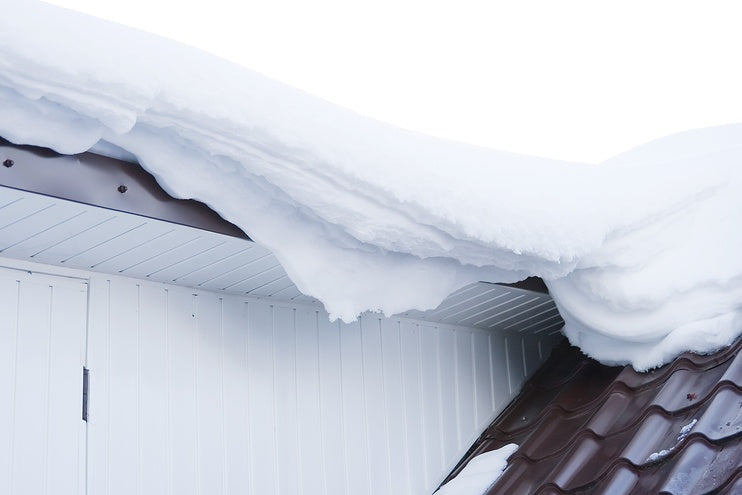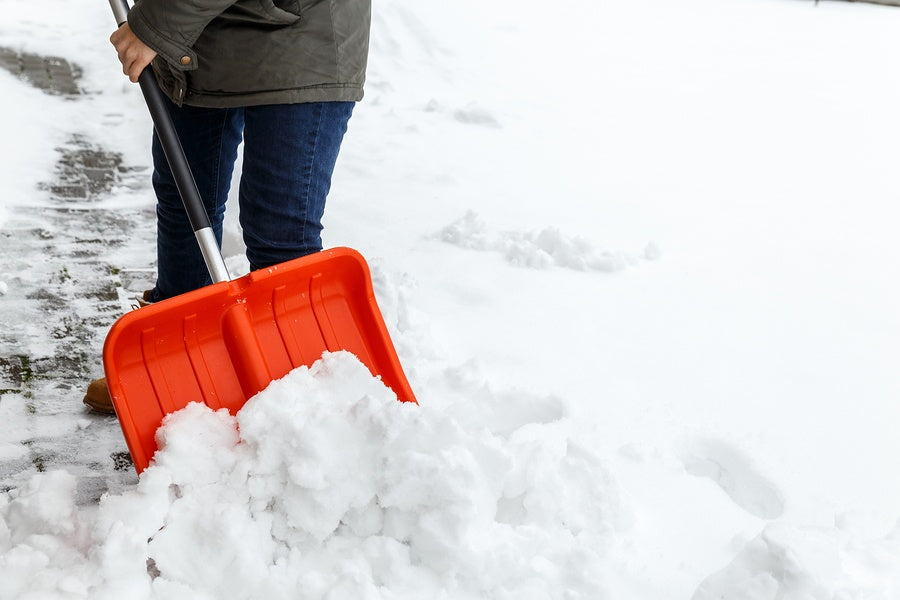
If you live in a cold climate, black ice on your driveway, sidewalks, walkways, and home entry areas is a serious winter problem. This nearly invisible hazard can make walking and driving treacherous: not only could you or someone else slip, leaving you exposed to the possibility of medical bills and/or a lawsuit, but a sliding vehicle could do damage to your property.
When and how does black ice form?
Black ice forms when the temperature falls below freezing while the ground is still wet or it is raining. This causes the moisture to freeze in a translucent, razor-thin layer on the ground.
The most dangerous times of day for black ice to form are dawn and late evening when temperatures are typically at their lowest. Also, sudden changes in temperature — after a winter storm, for instance — can cause black ice, as can shoveling snow off your pavement when it is too late in the day for the sun to melt away the residue.
Any ice on your driveway or walkways is a safety hazard, but black ice is especially dangerous because it’s hard to detect. This is because water gets into the surface pores of the pavement and freezes. The top surface of the black ice reaches above the pavement, but only barely, making it difficult to notice.
Getting rid of black ice
In some cases, it’s best to just wait it out. Black ice will melt away on its own, given enough time and the right conditions. However, depending on the weather forecast and how quickly you need to use your driveway or walkways, you might want to get rid of black ice as soon as possible.
If so, use sand or kitty litter for traction and apply de-icer. The most common type is rock salt, however this can cause damage to your pavement. Other less damaging options are calcium chloride or magnesium chloride.
Or, you can use an ice pick to chip away and loosen the ice. If you’re careful and use hot water (early in the day) to help with melting stubborn smaller patches, causing damage to your pavement shouldn’t be a problem.
Preventing black ice from forming
The easiest way to prevent black ice is to keep the temperature of your walkways and driveways above the freezing point. This can be accomplished by installing a heated driveway (a large expense), or with the help of much more inexpensive heated snow-melting mats.
Another way is to remove snow as soon as possible after it falls (the earlier in the day, the better). Because it’s important to keep newly fallen snow from becoming compacted, don’t drive or it and, as much as possible, try not to walk on it, even while shoveling. Also, never pile snow near the edge of your driveway or walking paths, as snow melt-off can flow onto the pavement and freeze as black ice.
If a major snowstorm is forecasted, you can do what professional snow and ice removal experts do, which is to apply a liquid anti-icer to prevent snow from sticking to the pavement. Before the storm hits, or even just after the snow begins to fall, spread rock salt or other brine mixture over the pavement. Starting out, this will melt the snow on contact. Later, after the snow has piled up, you’ll find it easier to clear it all away. This is because anti-icers prevent snow from bonding with pavement surfaces.
By following the tips included here, you should be able to deal with black ice as quickly as it forms.


